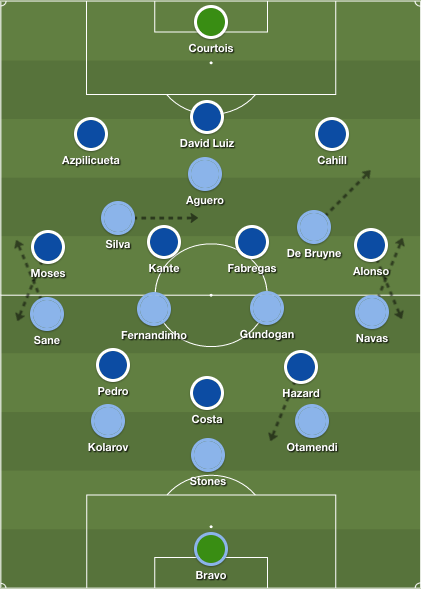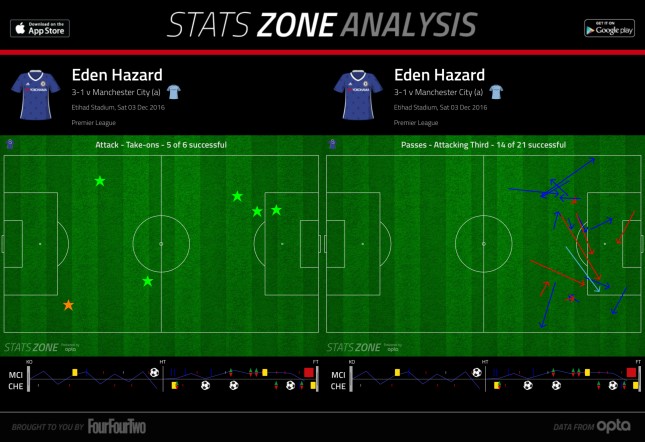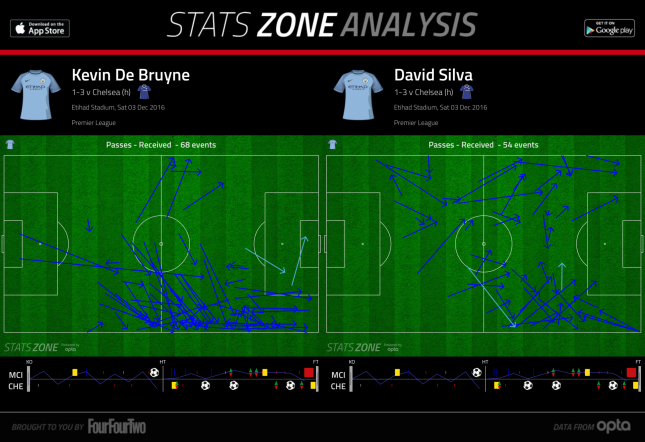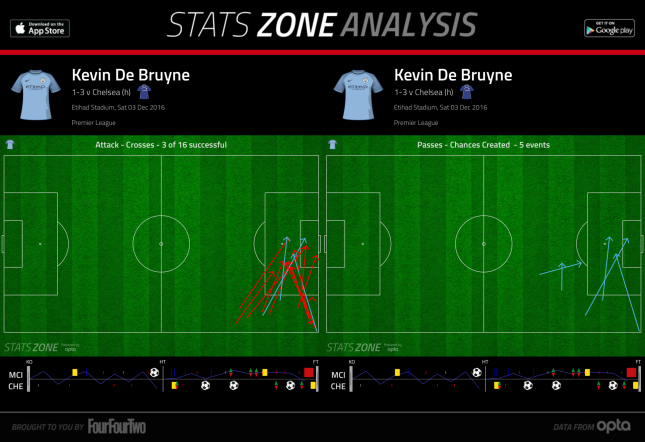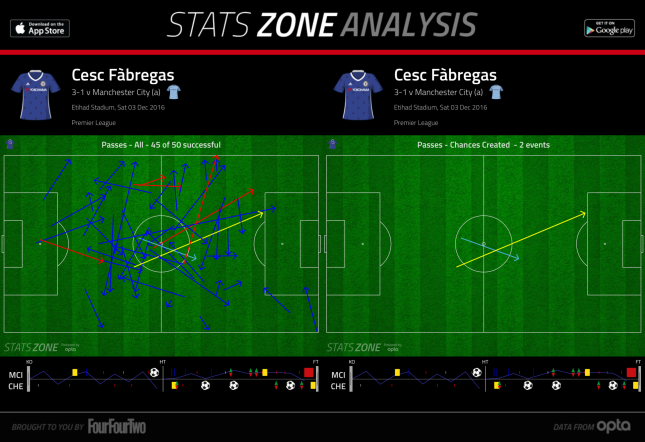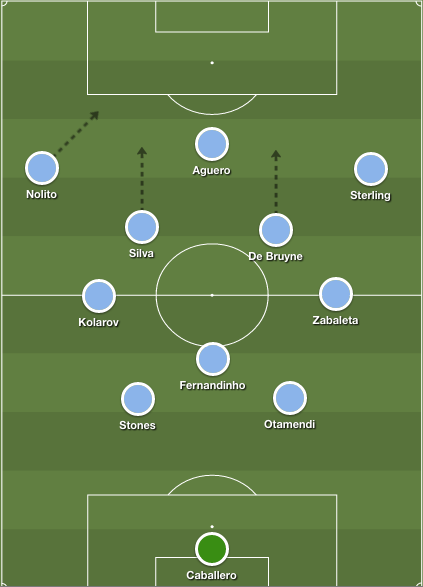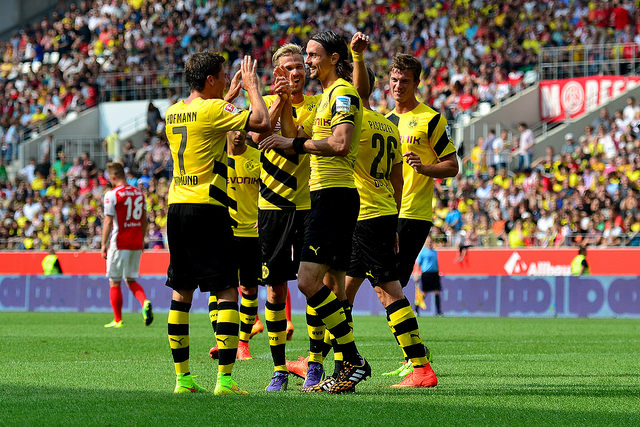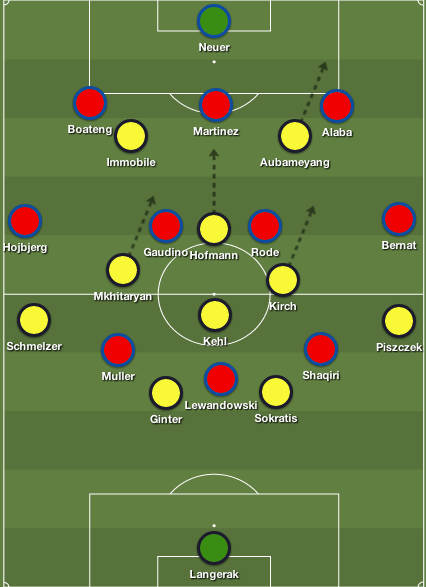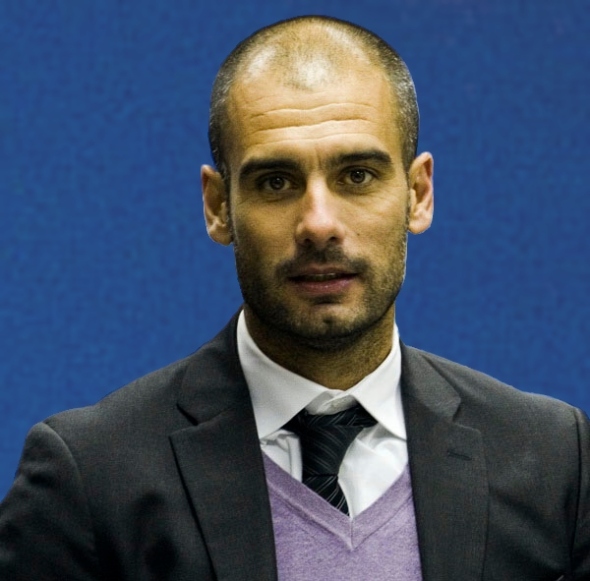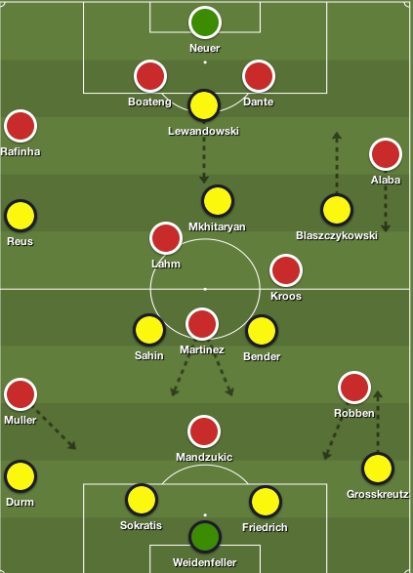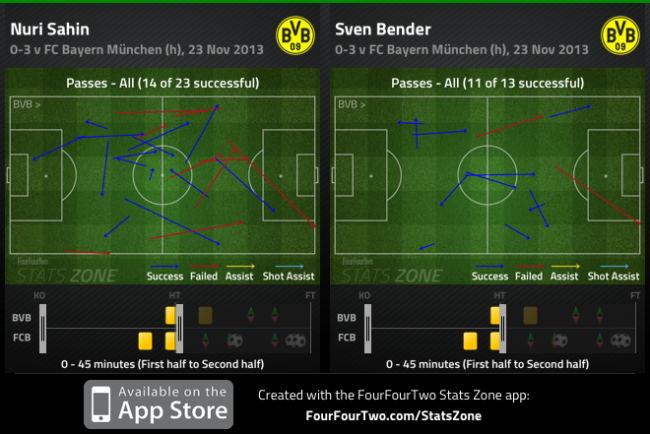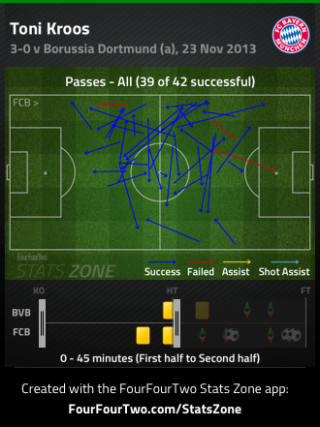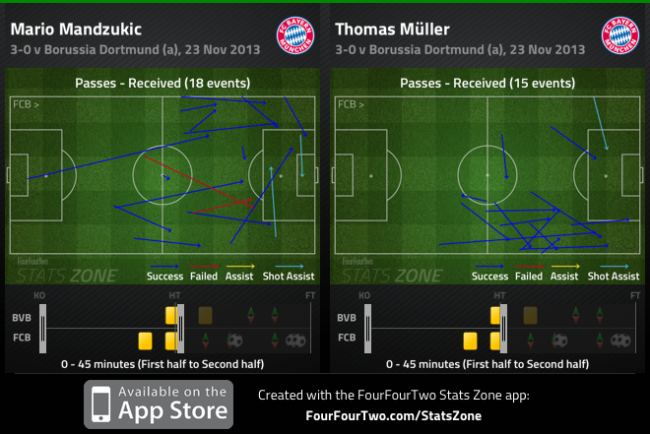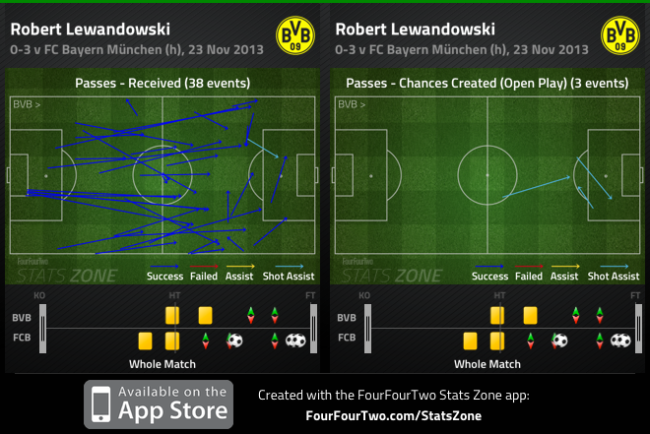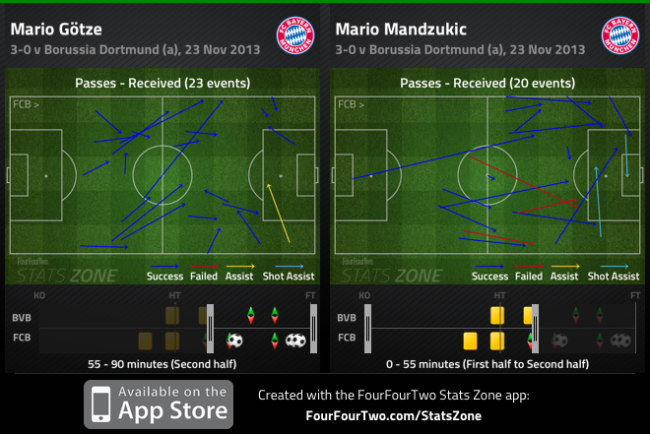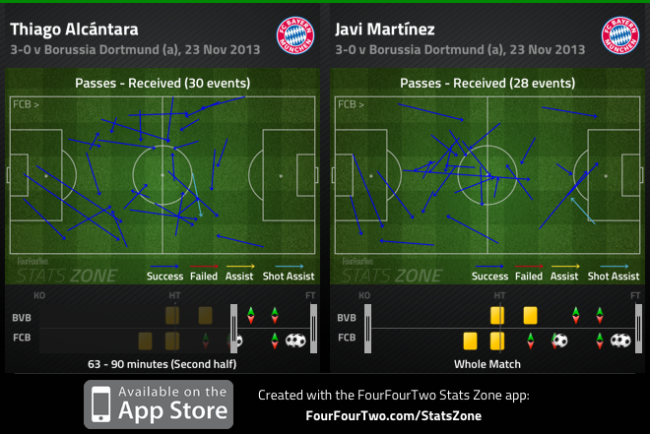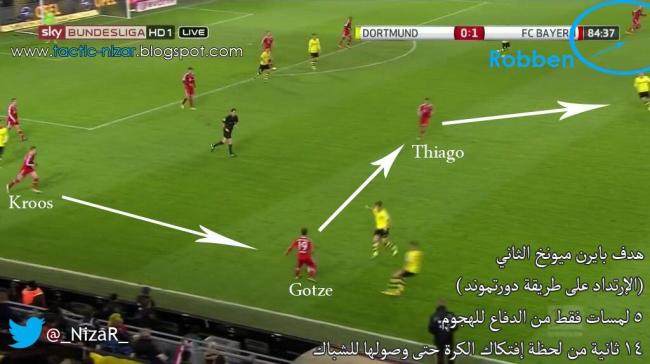Manchester City and Liverpool’s final match of the calendar has the potential of becoming a legitimate Premier League classic. Jurgen Klopp and Pep Guardiola meet for the first time on Premier League soil, with the final result having huge implications on the current title race.
The former was expected to dominate the league under Guardiola’s guidance, whereas the latter’s non-involvement from European competitions suggested there would be more time for Klopp to apply his philosophy at Anfield to mount a proper title challenge. Nevertheless, both sides have fallen behind Antonio Conte’s Chelsea, and though we’re only approaching the half-way mark of the current campaign, a New Years Eve defeat would inflict a severe blow towards title aspirations.
Oddly enough, apart from the managerial rivalry formed in the Bundesliga between Guardiola and Klopp, the main pre-match talking point involves the absence of Liverpool star Philippe Coutinho. The Brazilian’s injury is a disservice to Klopp’s Liverpool given his positive start to the season and ability to score highlight reel goals, but Guardiola being able to call upon a returning Sergio Aguero has flown under the radar.
For all of Aguero’s brilliance, the Argentine still appears to be an undervalued asset to the Premier League. Despite possessing the best scoring rate and notching the most important goal in Premier League history, one can argue that Aguero still isn’t a genuine household name to the average football follower.
Aguero has recorded 13 goals in 17 appearances this season, and it’s difficult to debate that his tally wouldn’t be greater if the Argentine didn’t miss seven-league games due to suspension. Scoring goals in patches, along with joining the league during his peak years definitely plays into Aguero’s favour, but City winning two of three potential league titles when the Argentine has scored over 20 league goals illustrates his significance to the club.
Yet, in ways, City’s success and Aguero’s individualism coincide with the club’s inability to evolve into an elite superpower. That, along with injuries is possibly one of the few reasons Aguero has never featured in a PFA team of the year XI and why his terrific goal tally – averaging a return of 0.69 league goals per game over six campaigns – was often overshadowed by the brilliance of Luis Suarez and Robin van Persie.
Where Suarez and Van Persie appeared capable of playing in various roles and offering more to their side’s buildup play, Aguero simply represents a devastating finisher, rather than an elite all-rounder. In a side built around individual brilliance and catering to their best players’ strengths, previous managers Roberto Mancini and Manuel Pellegrini always catered to maximizing the Argentine’s goal threat in the final third.
During Mancini’s spell, City operated in a 4-4-2 with two narrow wide men in David Silva and Samir Nasri moving centrally to provide incisive passes behind the defence, while the full-back maintained width and pushed forward to deliver crosses into the box. Meanwhile, Edin Dzeko’s movement into deeper positions witnessed Aguero constantly sprint behind the opposition defence into goal scoring positions.
Manuel Pellegrini rarely tinkered with City’s default formation during his tenure, but in his final season, the departure of Dzeko, combined with the arrivals of Raheem Sterling and Kevin De Bruyne witnessed City shift to a 4-2-3-1. Far from a drastic stylistic move, apart from the wide attackers operating as traditional wingers – more so Jesus Navas than Sterling – Silva or De Bruyne were positioned within close proximity of Aguero, thus providing a reliable source of creativity to the Argentine.
More so, Aguero’s role in Guardiola’s version of a 4-1-4-1 or 3-2-2-3 isn’t as dependent on partnerships, and there was always a fear that the 28-year-old would struggle in the Spaniard’s set-up. Guardiola’s methodical build-up play witnesses Aguero spend extensive periods without a touch of the ball, and the nature of the Argentine’s goals offers further evidence that he’s capable of finishing with either foot whilst posing a competent aerial threat for a diminutive striker. In short, all of Aguero’s 10 league goals stemmed within 20-yards of the opposition’s net.
And though the fear that City’s limited strike options could halt a title challenge if Aguero were unavailable, Guardiola’s men have only lost one league match during the Argentine’s combined seven game absence due to suspension. City’s current league position doesn’t do Guardiola justice, but the shift into a collective unit has decreased the reliance on Aguero’s goals, which further puts the Argentine’s future at the Etihad in question.
The biggest task Guardiola and Aguero face is the former has worked with all-rounders in Lionel Messi and Robert Lewandowski during Barcelona and Bayern’s peak form under the Spaniard. Aguero, on the other hand, was never challenged to improve his work-rate out of possession or offer more than simply goals to City’s attack.
De Bruyne, Nolito and Raheem Sterling have featured upfront when Kelechi Iheanacho wasn’t called upon, and though City often lacked a penalty box threat around the box, Guardiola’s men still found ways to record maximum points. Elsewhere, 19-year-old Gabriel Jesus’s arrival could elevate City’s high-pressing, though adapting to the frenetic pace and physical nature of the Premier League could require time. Even when you assess the teams aiming to challenge for the title, the first choice centre-forwards all possess various attacking traits.
Arsenal and Liverpool have transitioned between no.9’s capable of linking play and all-rounders in Roberto Firmino and Alexis Sanchez that drop deeper and vary positions to encourage runners forward. Zlatan Ibrahimovic and Harry Kane are also accustomed to playing deeper to influence the match from a no.10 role, whereas Diego Costa’s linkup play with his back to goal and willingness to utilize his power to bully opponents and run the channels has been pivotal to Chelsea’s success.
Still, Aguero remains the most ruthless finisher in the league, and it will be interesting to see whether Guardiola will stray away from his preference of a natural all-rounder upfront. Against a defensively inadequate Liverpool side vulnerable to direct football when they attempt to counter-press, Aguero, as in most cases, represents the main attacking threat at Anfield this weekend.
“We have played them [Manchester City] already and he was involved and I always thought that he is quite a talented boy, I never made a secret of it,” said Klopp.
“Now he [Aguero] is back in the team with a lot of other really good players that makes life not easier for us. But we knew it before and even when he is not playing they are an outstanding team.”
Aguero may have displayed glimpses of improved work-rate this season, but that may not be enough to be the focal point of Guardiola’s long-term plans. With City’s defence far from reliable, Guardiola’s best attempt at claiming the Premier League title may rest in Aguero’s efficient poaching abilities.
But even then, Aguero may not receive the recognition he deserves until he fully evolves his all-round game.
